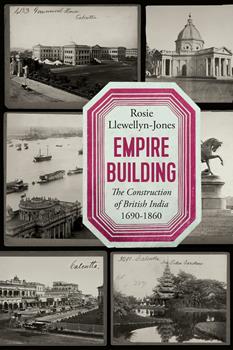Description
Empire Building is a new account of the East India Company s impact on India, focussing on how it changed the sub-continent s built environment in the context of defence, urbanisation, and infrastructural development. Rosie Llewellyn-Jones examines these initiatives through a lens of political building (using Indian contractors and labourers). Railways, docks, municipal buildings, freemasons lodges, hotels, race-courses, barracks, cemeteries, statues, canals--everything the British erected made a political statement, even if unconsciously; hence this book is concerned less with architectural styles, more with subtle infiltration into the minds of those who saw and used these structures. It assesses, in turn, Indian responses to the changing landscape. Indians often reacted favourably to new manufacturing technologies from Britain, like minting and gunpowder, while the British learnt from and adapted local methods. From military engineers and cartography to imported raw metals and steam power, Llewellyn-Jones considers the social and environmental changes wrought by colonialism. This period was marked by a shift from formerly private, Indian-controlled functions, like education, entertainment, trading and healing, to British public institutions like universities, theatres, chambers of commerce and hospitals.
About the Author
Rosie Llewellyn-Jones PhD holds a degree in Urdu from SOAS University of London. A renowned historian of colonial India, she is Editor of Chowkidar, the journal of the British Association for Cemeteries in South Asia. Her books include The Last King in India , also published by Hurst, and Lucknow 1857 .










